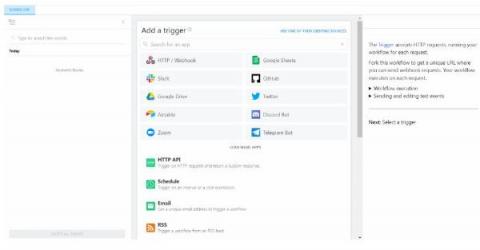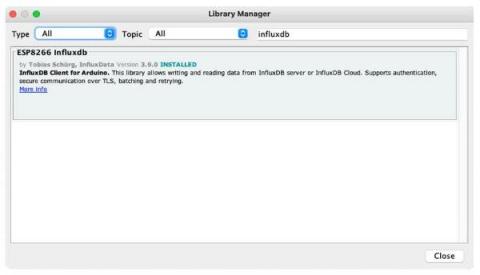How to Create Low-Code Workflow Automations with Pipedream and InfluxDB
A big part of modern software development involves working with APIs. While using 3rd party services can speed up development, moving data around and gluing things together can be pretty dull. Luckily, there are a growing number of tools that help deal with the boring stuff so you can focus on more interesting things. One of these tools is Pipedream.











